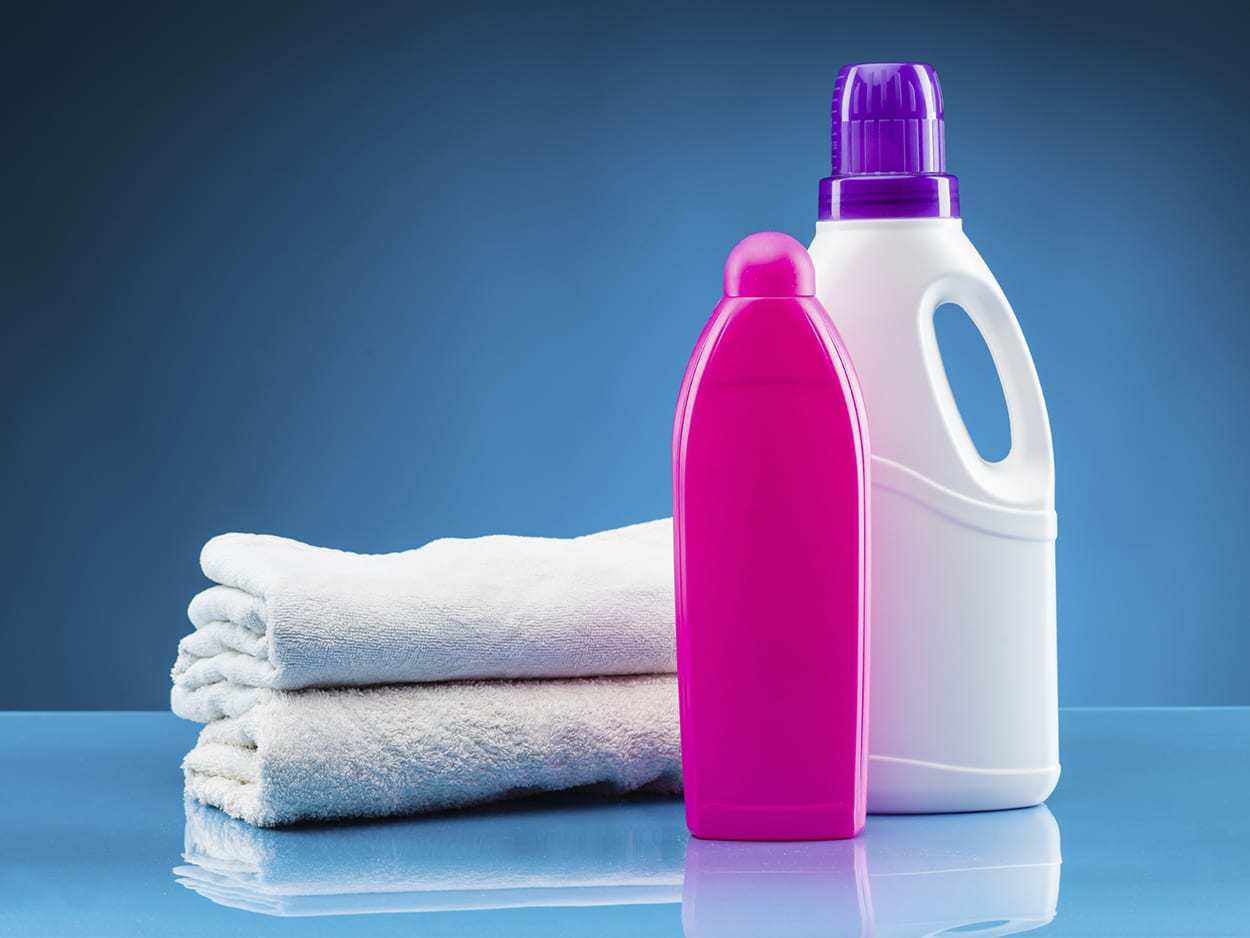You may think that the biggest risk of pollution exposure is from your surroundings, but there is quite a lot of pollution at home. Chemicals and various toxins in your house can cause a sizeable toxic build-up indoors, leading to illnesses that can affect your family. Diseases caused by indoor pollutants are known as “sick building syndrome.” Sick building syndrome can cause allergies, breathing problems, skin issues, and cancer. While being exposed to these chemicals a few times may not be too harmful, chronic exposure over your life can have unfortunate consequences.
Poor air quality, improper storage, and frequent exposure to toxins in your home can lead to serious conditions. Currently, there aren’t any federal regulations on chemicals contained in household products. Because these cleaners don’t need to be tested or held to a certain standard for safety, it’s risky to expose yourself to so many chemicals. On average, a household in America contains more than sixty toxic chemicals. Many products worry about having in your home, from oven cleaners to synthetic fragrances to dryer sheets. Keep reading to discover what types of toxic chemicals may be present in your home.

Fabric Softeners
While you may not realize it, the detergents you use to soften your clothes are full of harmful chemicals. Long ago, consumers were convinced that in addition to washing and drying clothes, fabric softener was necessary for keeping clothes from getting crunchy. It would also help to prevent annoying static cleaning. Pretty much every household in America uses fabric softener. Whether you use capfuls of liquid softener or dryer sheets, it’s essential to know what this product can do to you and your family.

Fabric softener is made from a chemical combination that applies a thin layer of lubrication to make clothes feel smoother. Originally, fabric softeners were made from soap and natural oils like olive oil. Noxious chemicals found in today’s fabric softeners include chloroform, ethanol, limonene, and benzyl alcohol. Additionally, every time you use liquid fabric softener, these toxins get poured into the ocean, harming the ecosystem. To keep your clothes soft, use dryer balls, a say-based softener, or include baking soda and vinegar in your wash cycle.
